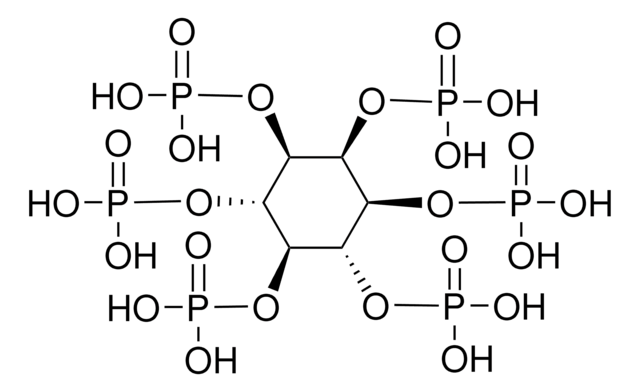03004
Abberior® STAR 512, maleimide
for STED application
About This Item
Recommended Products
mol wt
Mw 861.7 g/mol
concentration
≥50% (degree of coupling)
solubility
DMF: 0.25 mg/mL, clear
fluorescence
λex 512 nm; λem 530 nm±5 nm in PBS, pH 7.4
storage temp.
−20°C
General description
511 nm (PBS, pH 7.4)
Extinction Coefficient, ε(λmax): 85,000 M-1cm-1 (PBS, pH 7.4)
Correction Factor, CF260 = ε260/εmax: 0.24 (PBS, pH 7.4)
Correction Factor, CF280 = ε280/εmax: 0.07 (PBS, pH 7.4)
Fluorescence Maximum, λfl: 533 nm (MeOH),
530 nm (PBS, pH 7.4)
Recommended STED Wavelength, λSTED: 590 −620 nm
Fluorescence Quantum Yield, η: 0.82 (PBS, pH 7.4)
Fluorescence Lifetime, τ: 4.1 ns (PBS, pH 7.4)
Application
Suitability
Other Notes
Legal Information
related product
Storage Class Code
11 - Combustible Solids
WGK
WGK 3
Flash Point(F)
Not applicable
Flash Point(C)
Not applicable
Regulatory Listings
Regulatory Listings are mainly provided for chemical products. Only limited information can be provided here for non-chemical products. No entry means none of the components are listed. It is the user’s obligation to ensure the safe and legal use of the product.
JAN Code
03004-1MG-BULK:
03004-1MG:
Certificates of Analysis (COA)
Search for Certificates of Analysis (COA) by entering the products Lot/Batch Number. Lot and Batch Numbers can be found on a product’s label following the words ‘Lot’ or ‘Batch’.
Already Own This Product?
Find documentation for the products that you have recently purchased in the Document Library.
Our team of scientists has experience in all areas of research including Life Science, Material Science, Chemical Synthesis, Chromatography, Analytical and many others.
Contact Technical Service





